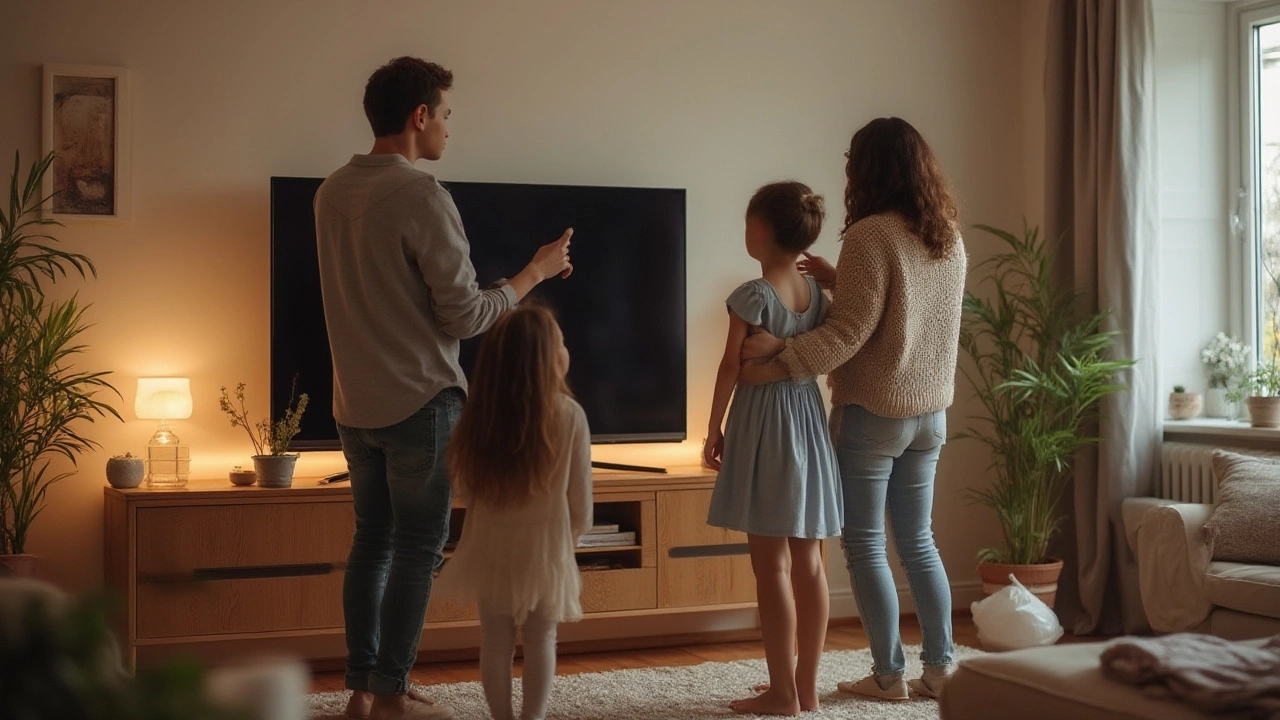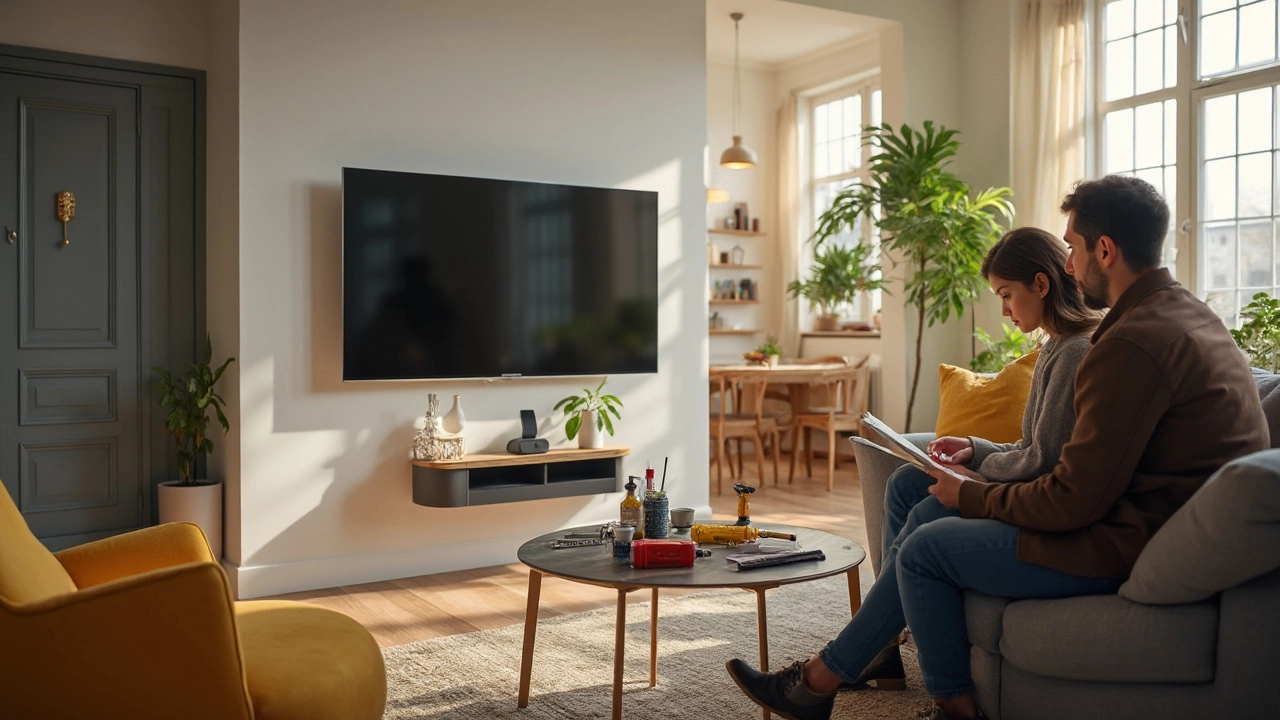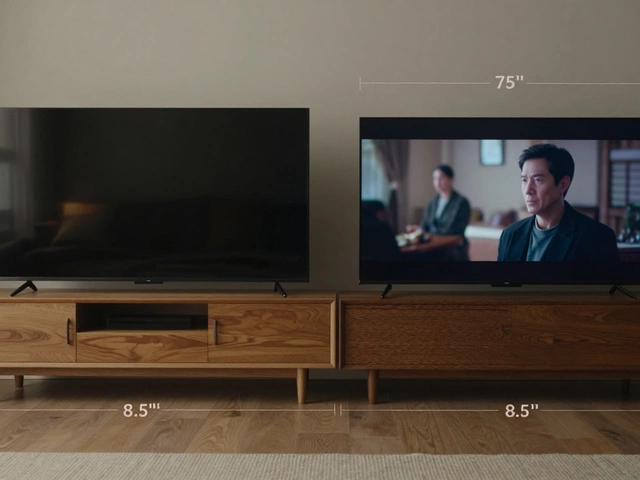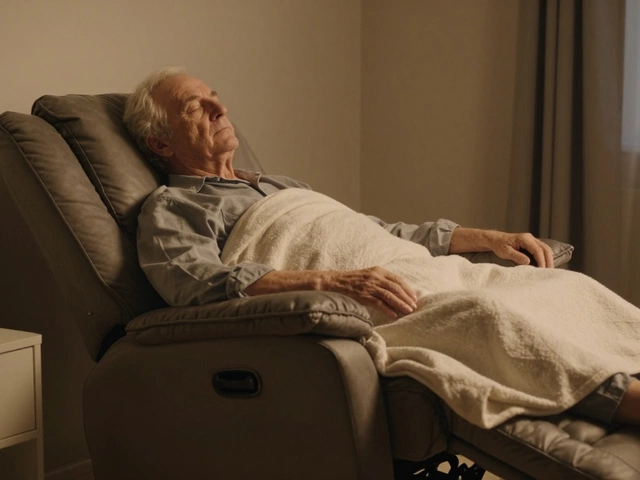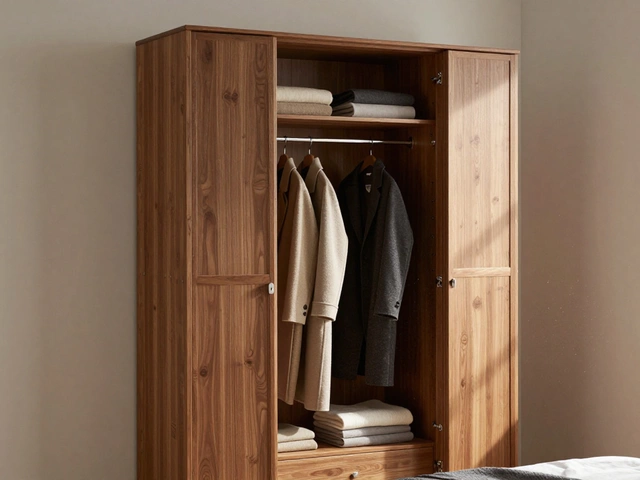TV Setup: Choose, Mount, and Arrange Your TV the Easy Way
Setting up a TV can feel like a puzzle, but it doesn’t have to be. Whether you’re hanging a 65‑inch screen or placing a modest 55‑inch model, the right stand, height, and cable plan make a huge difference. Below you’ll find straight‑forward advice that gets you watching fast, safely, and looking good.
Picking the Right TV Stand
First, measure your TV’s width. A good rule of thumb is to choose a stand that’s at least 2‑3 inches wider on each side. This extra length prevents the TV from looking cramped and gives you room for speakers or decorative items. If your TV is 65 inches, aim for a stand around 70‑75 inches wide.
Next, think about depth. The stand should be deep enough to keep the TV’s base stable, usually 12‑15 inches for larger screens. Don’t forget weight capacity – check the manufacturer’s specs and match them with the stand’s rating. A sturdy metal frame or solid wood works well for heavy sets.
Height matters for comfort. The sweet spot is when the TV’s centre is at eye level when you’re seated. For most sofas, that means a stand 24‑30 inches tall. Adjustable legs or risers can fine‑tune the height if you’re not sure.
Mounting Your TV for Comfort
If you prefer a wall‑mounted look, start by finding the studs in your wall. Use a stud finder and mark the spots – this is where the mount will anchor. A 65‑inch TV typically needs a mount rated for at least 120‑150 pounds.
Set the mount height by measuring from the floor to the TV’s centre. A common formula is to divide your eye‑level height (when seated) by two. For a standard couch, that usually lands around 42‑48 inches from the floor to the centre of the screen. Adjust as needed for your viewing distance.
Don’t forget cable management. Route HDMI and power cords through the wall if you can, or use a simple wire cover that paints over the wall. This keeps the area tidy and reduces tripping hazards.
Finally, test the tilt and swivel. A slight downward tilt reduces glare, while a modest swivel lets you adjust the view for different seating spots. Tighten all bolts, double‑check the level, and step back to make sure the TV looks straight.
With the right stand or mount, proper height, and clean wiring, your TV setup will feel custom‑made without the hassle. Enjoy your movies, games, and shows in a space that’s safe, comfortable, and stylish.
Should I Put My TV on a Stand? Practical Pros, Cons, and Setup Tips
Confused about where your TV should go? Discover if your TV belongs on a stand, what to look out for, pros, cons, safety, and tips for the perfect setup in any room.
What to Do If Your TV Doesn't Have a Stand: Quick Solutions & Creative Fixes
Not every TV comes with a stand, and sometimes stands get lost or break. This article lays out real options for setting up your TV when you don’t have its original stand. Learn about safe, practical choices you can try right away, from wall mounting to creative DIY hacks. Find out what not to do so your TV stays secure and upright. Perfect if you need a fix right now or want long-term solutions.
